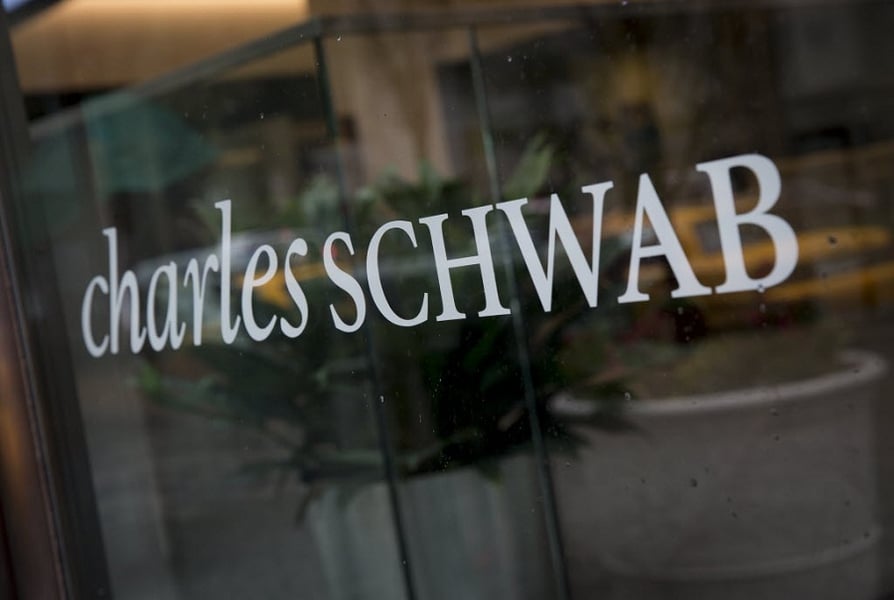

Charles Schwab Corp. expects its revenue to slide as much as 11% in the second quarter compared with a year earlier, the company’s chief financial officer, Peter Crawford, said in a statement Wednesday.
The forecast is the latest sign that higher rates and changing customer behavior have strained the brokerage. Schwab is enduring a squeeze on its net interest margin as it borrows from the Federal Home Loan Bank network and navigates a period of lower trading activity.
The Federal Reserve’s rapid interest rate hikes over the past year have pressured Schwab’s banking arm, a pivotal piece of its overall business. The higher rates spurred customers to yank cash out of Schwab’s low-yielding sweep accounts, searching for more interest from products such as money-market funds and certificates of deposit.
The risks Schwab faces came into sharper focus as several regional banks collapsed this spring, and the brokerage’s shares lost more than one-third of their value this year.
Crawford underscored that the rate of withdrawals is slowing. Schwab’s average pace of cash outflows slowed to $350 million per business day in May from $1 billion in April, according to his statement.
Shares rose 0.4% to $54.98 at 1:25 p.m. in New York.
Executives maintain that the firm’s higher-cost borrowing is temporary. Crawford said the “vast majority” of its more expensive balances should be repaid before the end of 2024.

Relationships are key to our business but advisors are often slow to engage in specific activities designed to foster them.

Whichever path you go down, act now while you're still in control.

Pro-bitcoin professionals, however, say the cryptocurrency has ushered in change.

“LPL has evolved significantly over the last decade and still wants to scale up,” says one industry executive.

Survey findings from the Nationwide Retirement Institute offers pearls of planning wisdom from 60- to 65-year-olds, as well as insights into concerns.
Streamline your outreach with Aidentified's AI-driven solutions
This season’s market volatility: Positioning for rate relief, income growth and the AI rebound
